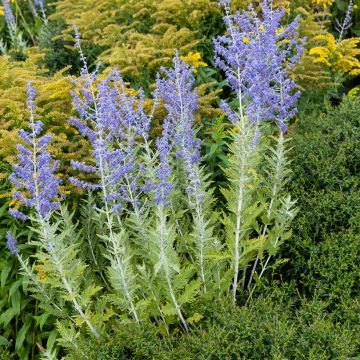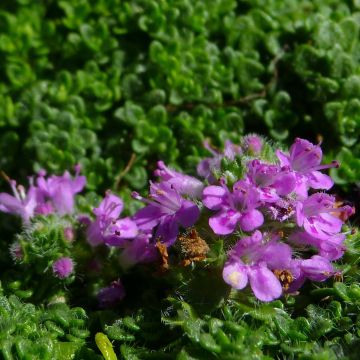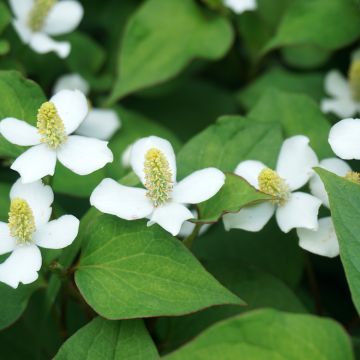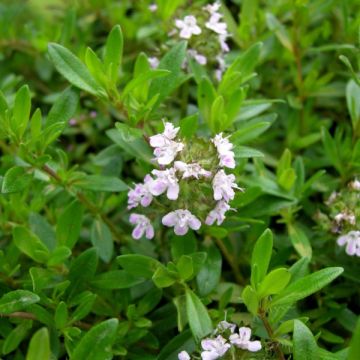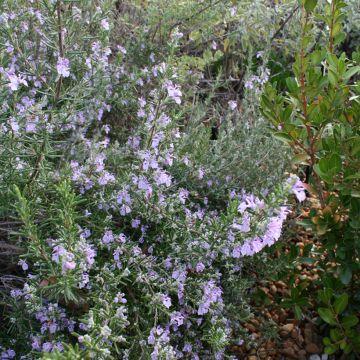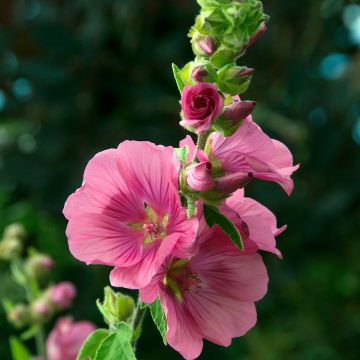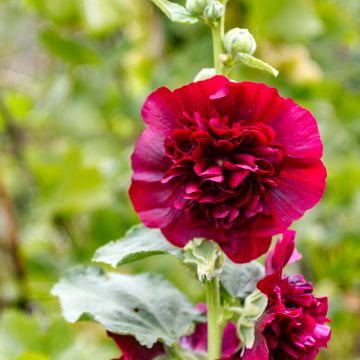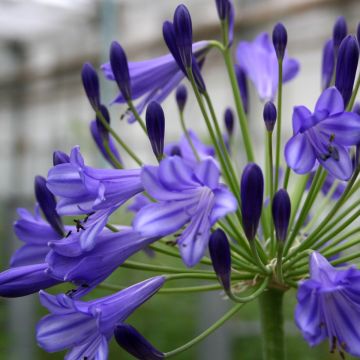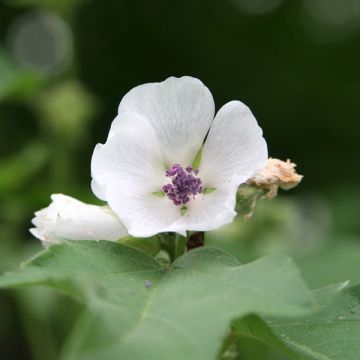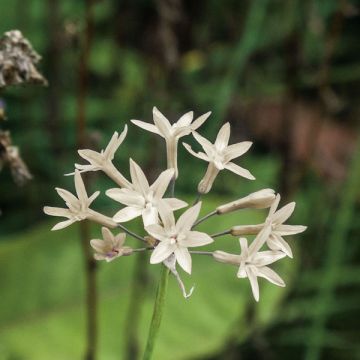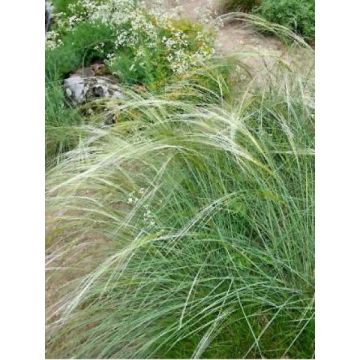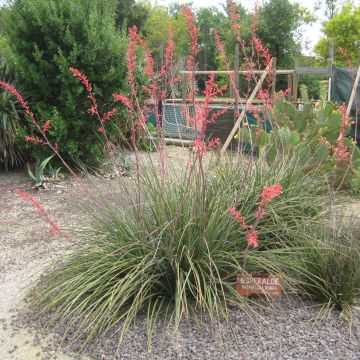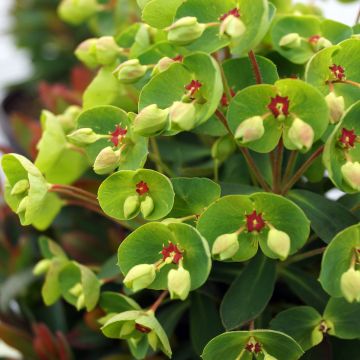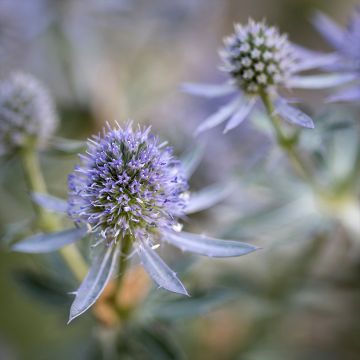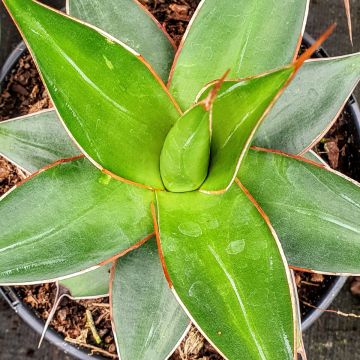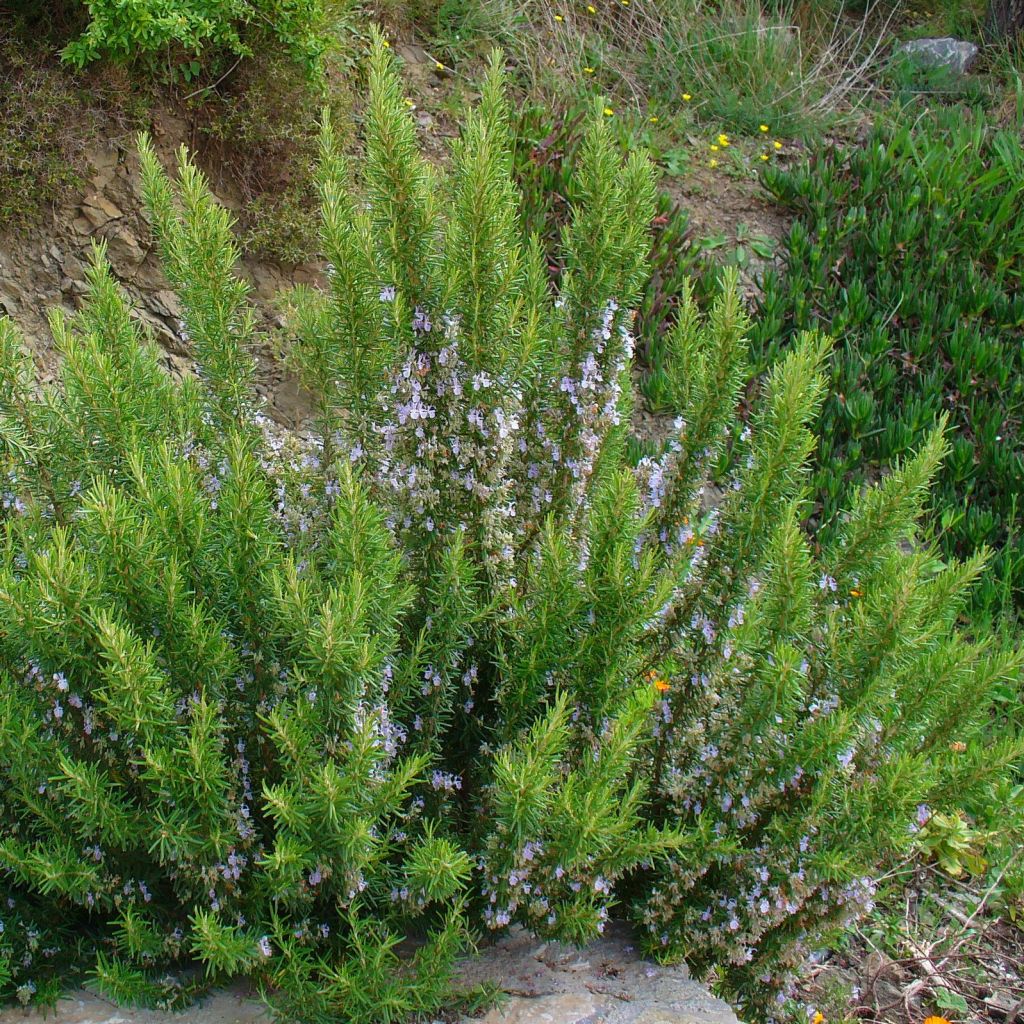

Rosmarinus officinalis - Rosemary
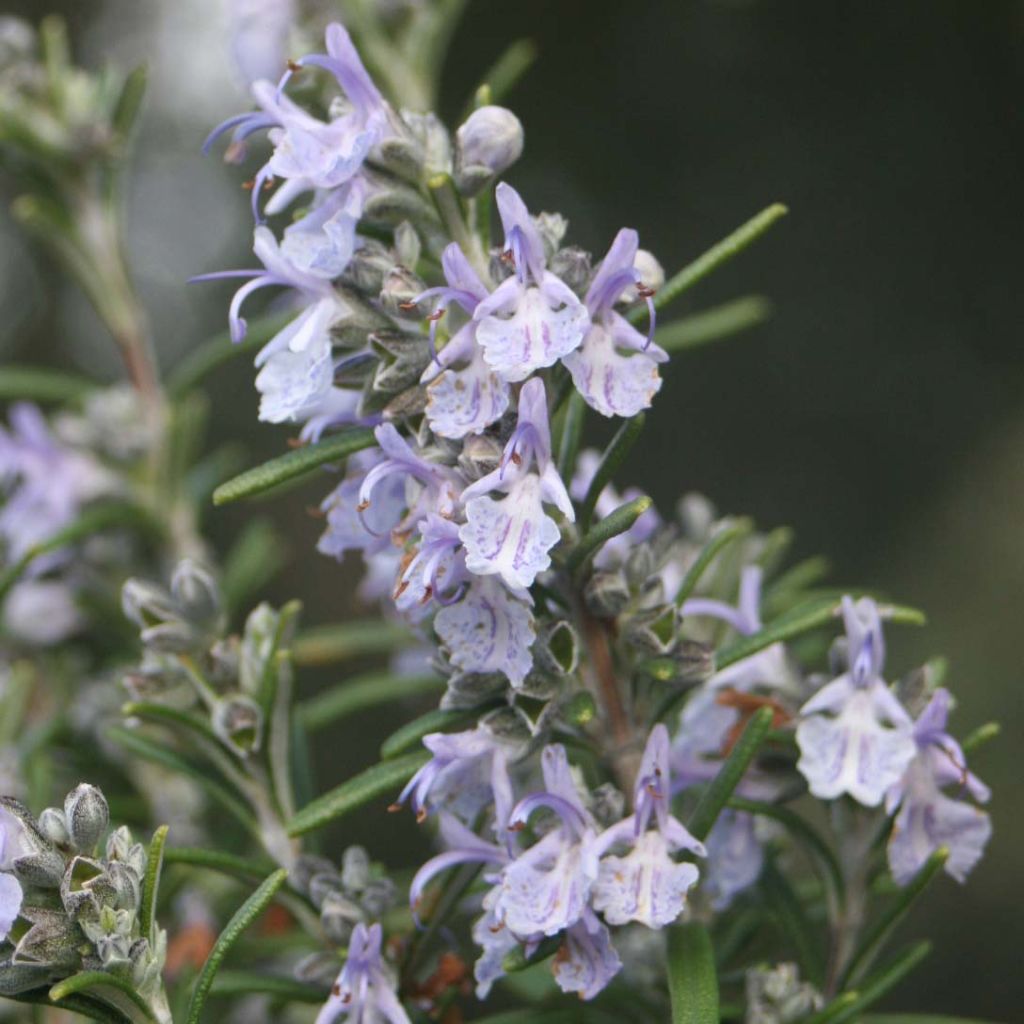

Rosmarinus officinalis - Rosemary
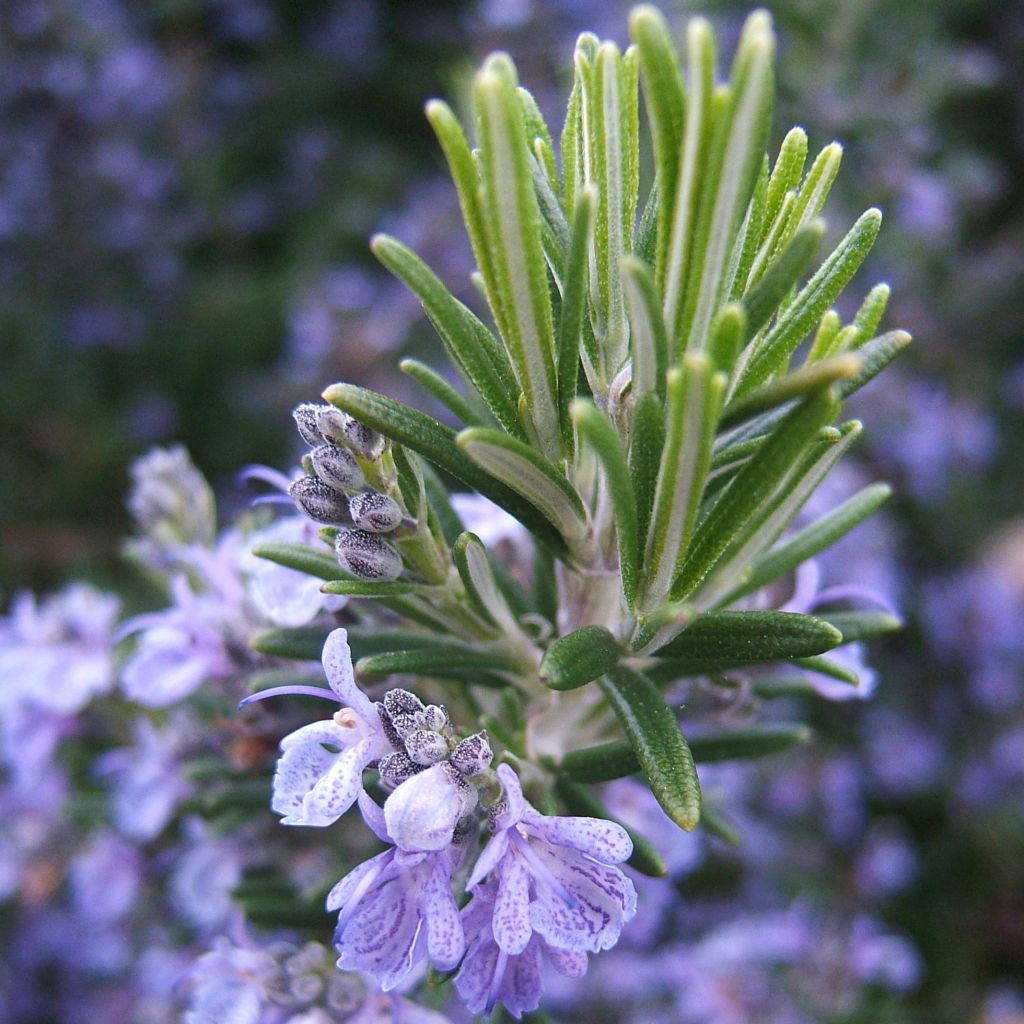

Rosmarinus officinalis - Rosemary
Rosmarinus officinalis - Rosemary
Rosmarinus officinalis
Rosemary
This item cannot be shipped to the selected country
Delivery charge from €5.90
Delivery charge from €5.90
Delivery charge from €5.90
Delivery to Corse prohibited
More information
Schedule delivery date,
and select date in basket
This plant carries a 12 months recovery warranty
More information
We guarantee the quality of our plants for a full growing cycle, and will replace at our expense any plant that fails to recover under normal climatic and planting conditions.
From €5.90 for pickup delivery and €6.90 for home delivery
Express home delivery from €8.90.
From €5.90 for pickup delivery and €6.90 for home delivery
Express home delivery from €8.90.
From €5.90 for pickup delivery and €6.90 for home delivery
Express home delivery from €8.90.
Delivery to Corse prohibited: UE law prohibits the import of this plant from mainland France to Corse as part of the fight against Xylella fastidiosa. Please accept our sincere apologies.
More information

Does this plant fit my garden?
Set up your Plantfit profile →
Description
Rosemary, in Latin Rosmarinus officinalis, is a shrub of Mediterranean scrubland that needs no introduction. Famous for its characteristic aromatic foliage, essential in cooking, star of aromatherapy, it is also an excellent plant for dry gardens, planted as a low hedge, in rockeries or in a small shrub bed. With its evergreen foliage and allelopathic properties, it inhibits the germination of weeds. Spring covers it with small flowers of a soft lavender blue, where pollinating insects gather, an abundant flowering that often continues at the end of summer and in autumn in mild and dry climates. From its origins, it has retained a certain taste for sun, heat, summer drought, and relatively mild winters. Give it a dry slope or the rocky ground of a plateau, and it will express all its generosity!
Rosemary is a small shrub native to the Mediterranean basin. It belongs to the Lamiaceae family, which includes many medicinal and aromatic plants. In addition to its numerous food and therapeutic properties, this plant was long believed to have the power to purify the air and ward off evil spirits. Around the Mediterranean, it was burned as incense. Depending on the regions and its natural environment, it has locally differentiated itself, showing quite varied characteristics of hardiness, habit, and flowering.
The typical form of rosemary is an undershrub, reaching a height and width of 1 m (3.3 ft) to 1.50 m (4.92 ft) depending on the growing conditions (it will be more compact and bushy if regularly exposed to strong winds). Its growth is quite slow in poor and dry soil, much faster in rich and moister soil, but in these conditions, its life will be shorter, and its habit less dense. In northern France, it flowers in spring, usually in April-May. In the south of the country, it blooms as early as February-March, or even all winter. Its flowering sometimes resumes in autumn. It bears very small flowers that are gathered in clusters that resemble spikes along the young branches. The evergreen foliage is composed of small, green, glossy, narrow leaves with a cottony and whitish underside. They have the peculiarity of being rolled up on themselves, giving them a linear appearance. This characteristic is an adaptation to drought. Rosemary will withstand very well-drained soil down to -12°C/-14°C (10.4 to 6.8°F) at its lowest.
Dense, bushy, laden with flowers and bees, perfuming the air and the kitchen, rosemary and its varieties are interesting for quickly planting the landscape of a dry garden, a rockery, or simply a dry area where the soil lacks depth. They provide a well-suited solution in the Mediterranean region, as well as in certain regions of the Atlantic coast where very sandy soil does not retain moisture. It can be associated with plants that thrive in dry conditions such as Juniperus horizontalis 'Blue Chip', Callirhoe involucrata, an aromatic sage, or even Teucrium chamaedrys. It can also be planted in a bed of low shrubs composed of lavenders, cistuses, ballotes, evergreen ceanothus, and shrubby potentillas. It is an excellent source of nectar for bees at a time of year when flowers are still scarce.
Report an error about the product description
Rosmarinus officinalis - Rosemary in pictures
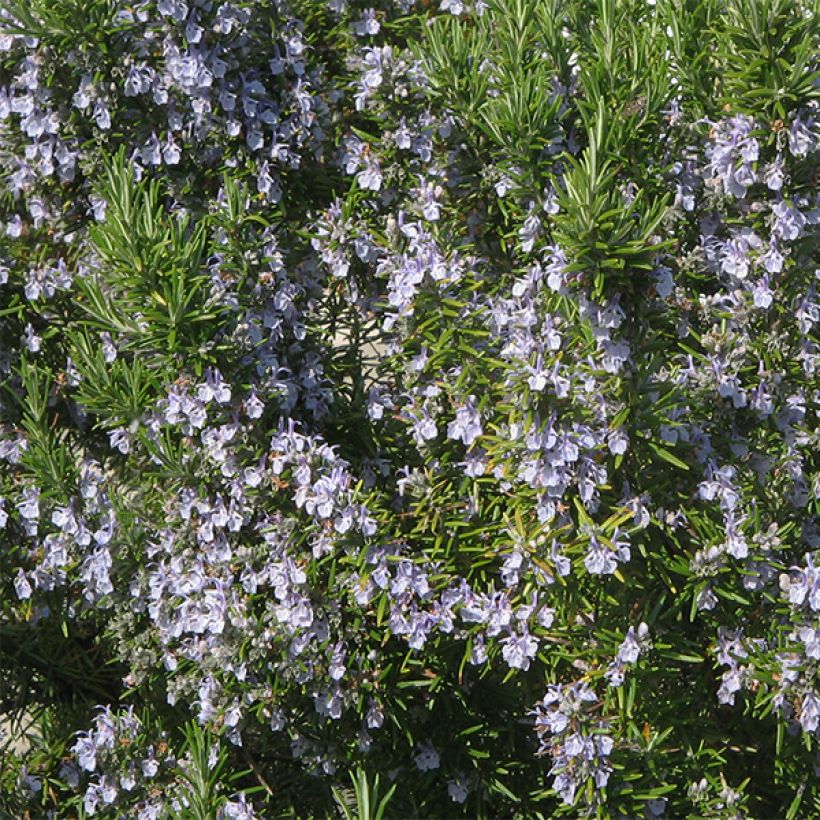

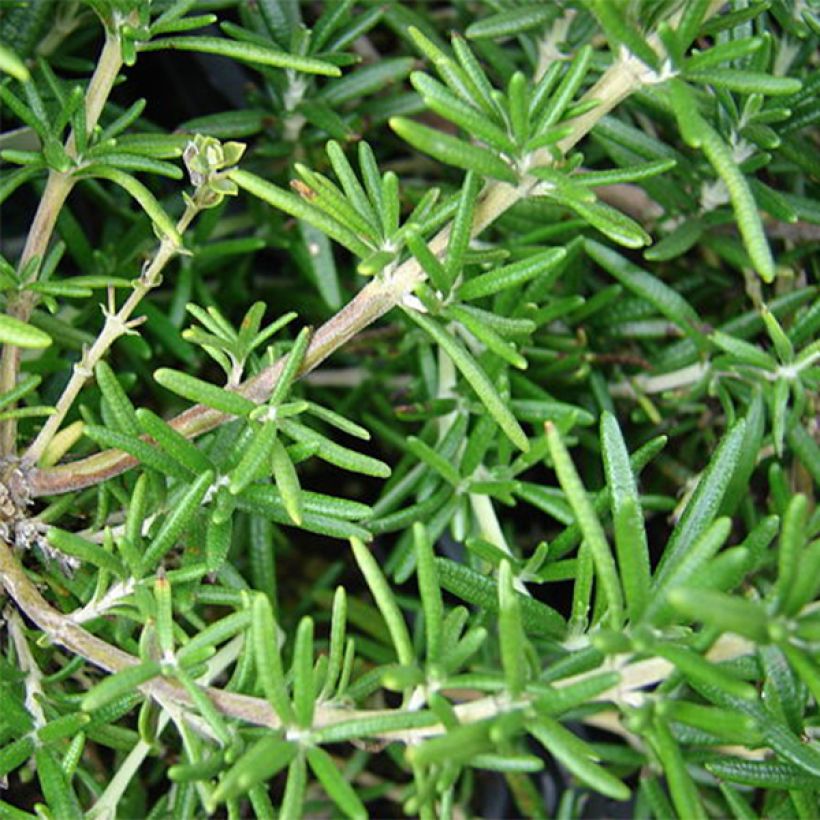

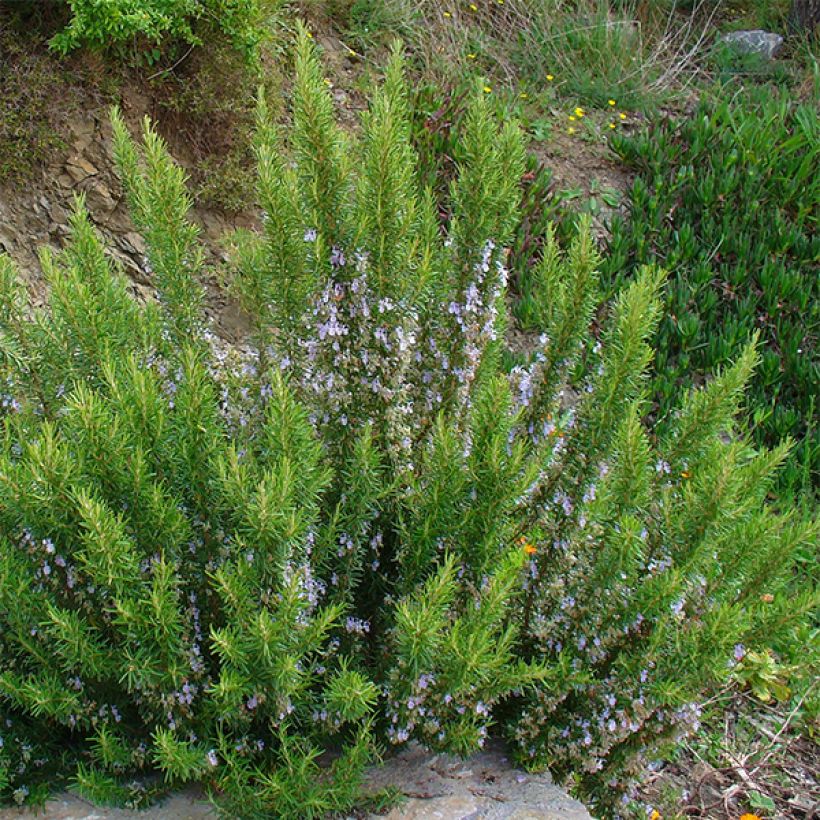

Flowering
Foliage
Plant habit
Botanical data
Rosmarinus
officinalis
Lamiaceae
Rosemary
Mediterranean
Other Herb perennials
Planting and care
Rosemary is a perfect plant for poor and dry soil, even stony and chalky, perfectly drained in winter. The better the drainage, the better the plant withstands winter. The richer the soil, the faster the rosemary grows, and the worse it ages and becomes bare at the base. It will appreciate a sunny and fairly sheltered location: hardy, it can tolerate -12 to -14°C (10.4 to 6.8°F) at its lowest, but may suffer from severe winters. It should not be watered during the summer, as it is susceptible to Phytophthora, a fungus that attacks the plant's collar in hot and humid conditions. You can lightly prune after flowering to give shape to your rosemary and maintain a compact and ramified habit. Be careful, this bush does not tolerate severe pruning: never prune it below the lowest leaves on the branch.
Planting period
Intended location
Care
-
, onOrder confirmed
Reply from on Promesse de fleurs
Mediterranean perennials
Haven't found what you were looking for?
Hardiness is the lowest winter temperature a plant can endure without suffering serious damage or even dying. However, hardiness is affected by location (a sheltered area, such as a patio), protection (winter cover) and soil type (hardiness is improved by well-drained soil).

Photo Sharing Terms & Conditions
In order to encourage gardeners to interact and share their experiences, Promesse de fleurs offers various media enabling content to be uploaded onto its Site - in particular via the ‘Photo sharing’ module.
The User agrees to refrain from:
- Posting any content that is illegal, prejudicial, insulting, racist, inciteful to hatred, revisionist, contrary to public decency, that infringes on privacy or on the privacy rights of third parties, in particular the publicity rights of persons and goods, intellectual property rights, or the right to privacy.
- Submitting content on behalf of a third party;
- Impersonate the identity of a third party and/or publish any personal information about a third party;
In general, the User undertakes to refrain from any unethical behaviour.
All Content (in particular text, comments, files, images, photos, videos, creative works, etc.), which may be subject to property or intellectual property rights, image or other private rights, shall remain the property of the User, subject to the limited rights granted by the terms of the licence granted by Promesse de fleurs as stated below. Users are at liberty to publish or not to publish such Content on the Site, notably via the ‘Photo Sharing’ facility, and accept that this Content shall be made public and freely accessible, notably on the Internet.
Users further acknowledge, undertake to have ,and guarantee that they hold all necessary rights and permissions to publish such material on the Site, in particular with regard to the legislation in force pertaining to any privacy, property, intellectual property, image, or contractual rights, or rights of any other nature. By publishing such Content on the Site, Users acknowledge accepting full liability as publishers of the Content within the meaning of the law, and grant Promesse de fleurs, free of charge, an inclusive, worldwide licence for the said Content for the entire duration of its publication, including all reproduction, representation, up/downloading, displaying, performing, transmission, and storage rights.
Users also grant permission for their name to be linked to the Content and accept that this link may not always be made available.
By engaging in posting material, Users consent to their Content becoming automatically accessible on the Internet, in particular on other sites and/or blogs and/or web pages of the Promesse de fleurs site, including in particular social pages and the Promesse de fleurs catalogue.
Users may secure the removal of entrusted content free of charge by issuing a simple request via our contact form.
The flowering period indicated on our website applies to countries and regions located in USDA zone 8 (France, the United Kingdom, Ireland, the Netherlands, etc.)
It will vary according to where you live:
- In zones 9 to 10 (Italy, Spain, Greece, etc.), flowering will occur about 2 to 4 weeks earlier.
- In zones 6 to 7 (Germany, Poland, Slovenia, and lower mountainous regions), flowering will be delayed by 2 to 3 weeks.
- In zone 5 (Central Europe, Scandinavia), blooming will be delayed by 3 to 5 weeks.
In temperate climates, pruning of spring-flowering shrubs (forsythia, spireas, etc.) should be done just after flowering.
Pruning of summer-flowering shrubs (Indian Lilac, Perovskia, etc.) can be done in winter or spring.
In cold regions as well as with frost-sensitive plants, avoid pruning too early when severe frosts may still occur.
The planting period indicated on our website applies to countries and regions located in USDA zone 8 (France, United Kingdom, Ireland, Netherlands).
It will vary according to where you live:
- In Mediterranean zones (Marseille, Madrid, Milan, etc.), autumn and winter are the best planting periods.
- In continental zones (Strasbourg, Munich, Vienna, etc.), delay planting by 2 to 3 weeks in spring and bring it forward by 2 to 4 weeks in autumn.
- In mountainous regions (the Alps, Pyrenees, Carpathians, etc.), it is best to plant in late spring (May-June) or late summer (August-September).
The harvesting period indicated on our website applies to countries and regions in USDA zone 8 (France, England, Ireland, the Netherlands).
In colder areas (Scandinavia, Poland, Austria...) fruit and vegetable harvests are likely to be delayed by 3-4 weeks.
In warmer areas (Italy, Spain, Greece, etc.), harvesting will probably take place earlier, depending on weather conditions.
The sowing periods indicated on our website apply to countries and regions within USDA Zone 8 (France, UK, Ireland, Netherlands).
In colder areas (Scandinavia, Poland, Austria...), delay any outdoor sowing by 3-4 weeks, or sow under glass.
In warmer climes (Italy, Spain, Greece, etc.), bring outdoor sowing forward by a few weeks.

































